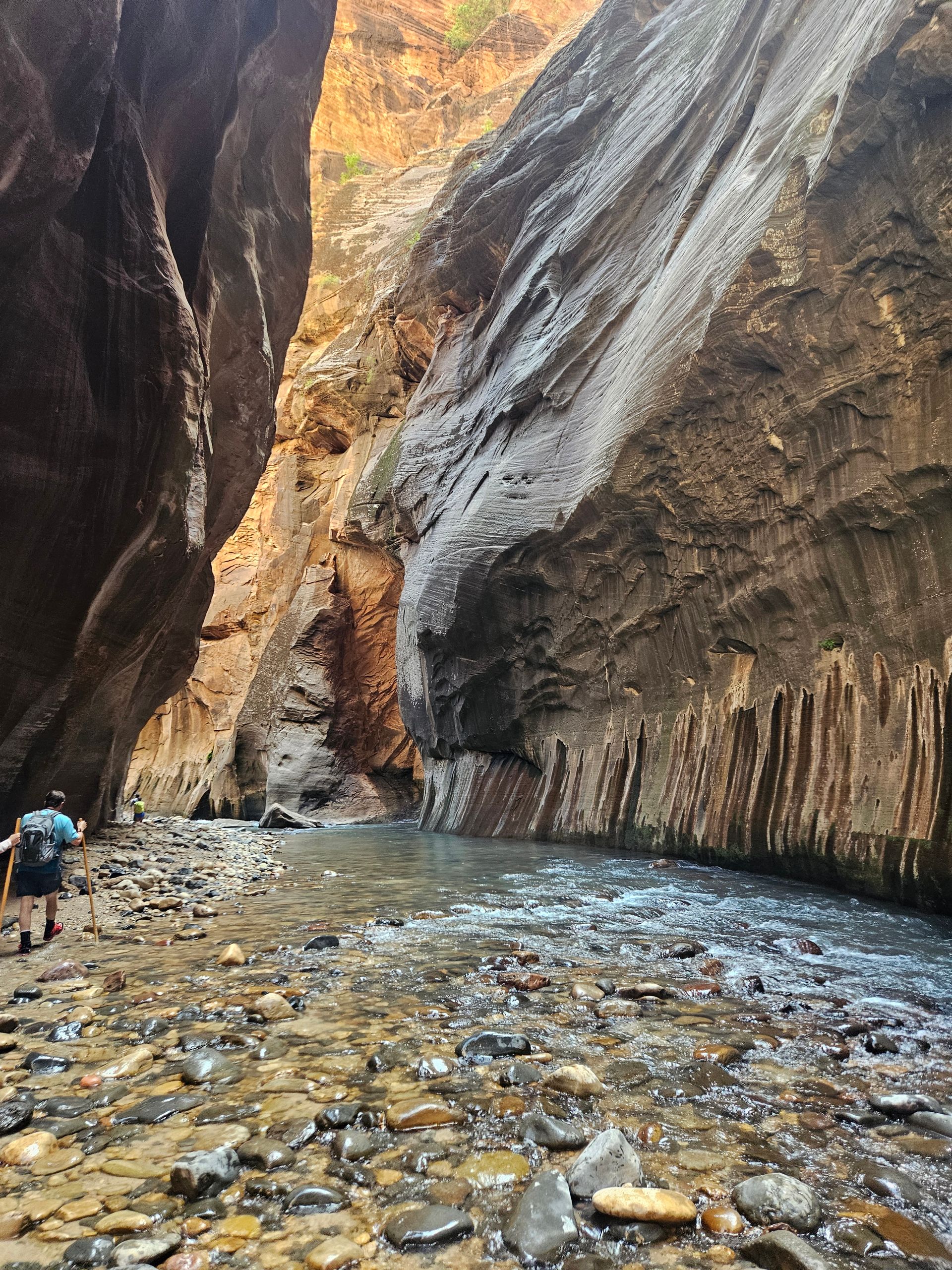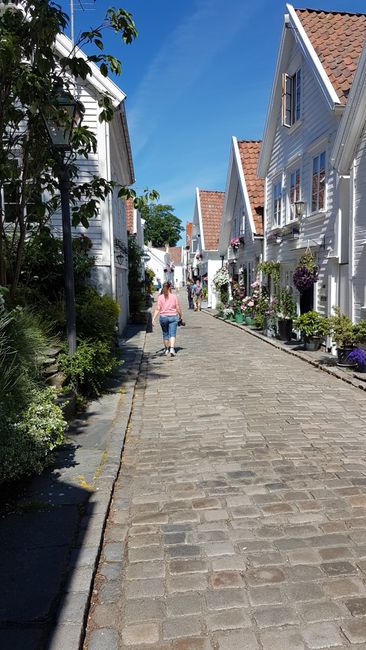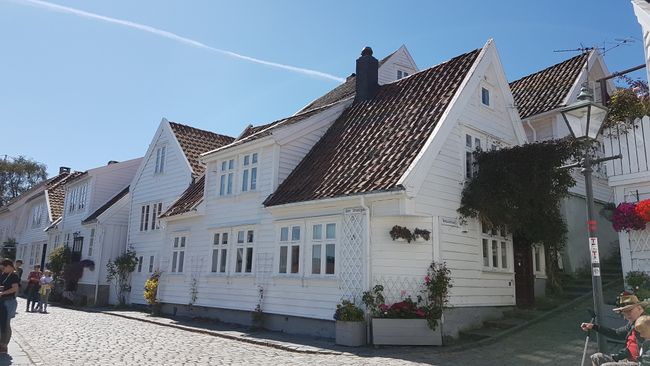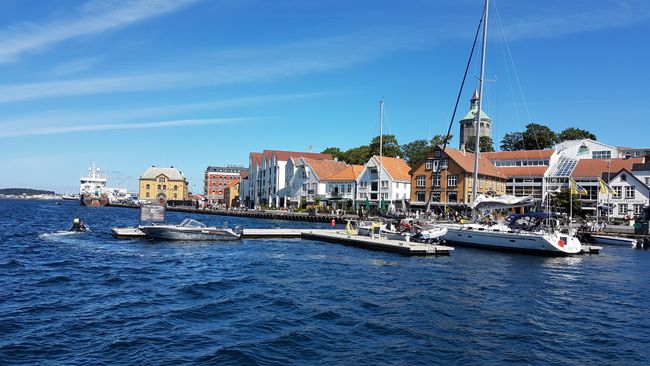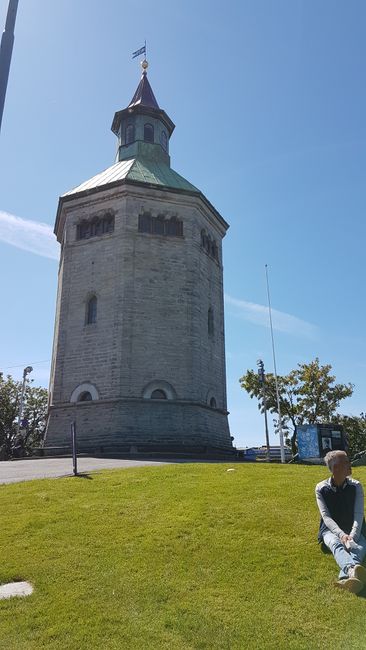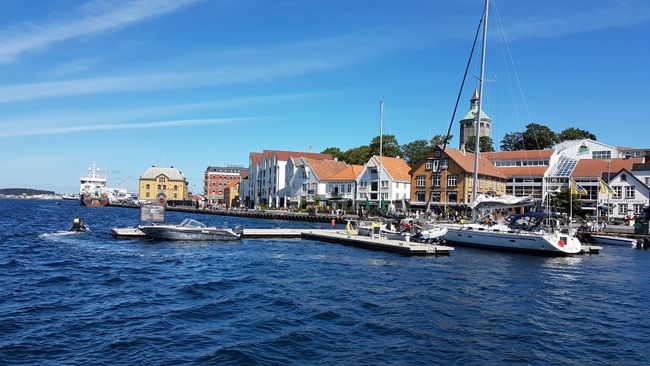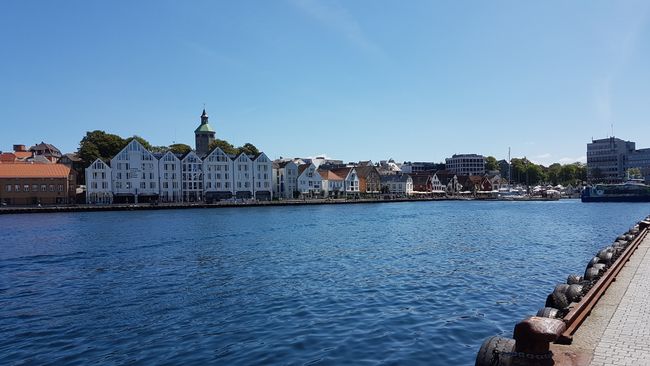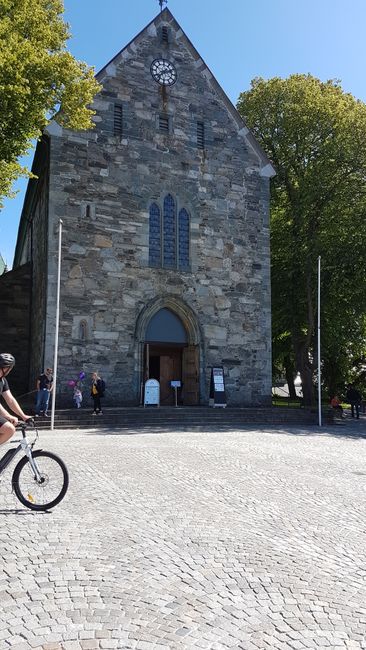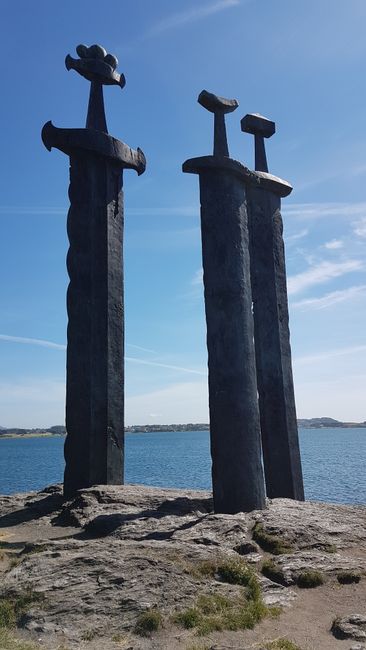
die_labis_on_tour
vakantio.de/die_labis_wollen_baeren_sehen
Day 11: Stavanger
Ku kandziyisiwile: 16.07.2019
Tsarisa eka Xiphephana xa Mahungu
Surprisingly, the complaints after the hike are minimal. We take our time with breakfast in the morning and only arrive in the waterfront city around noon. Stavanger is a place with 134,000 inhabitants. After an extensive search for parking, we find a spot near the old town. On the side of the Vågen harbor is the old town district Gamle Stavanger with its centuries-old white wooden houses. The oldest house was built in 1767.
Some buildings were built in the late 18th century after the Stavanger fire in 1760. However, the majority of the houses were built between 1820 and 1860. The living areas of the small houses, which were originally mostly used by fishing families, range from 27 to 80 square meters, with some buildings used by two families. The flowers in front of the houses are particularly beautiful to look at.
We stroll through the narrow streets. The children want to go on a treasure hunt, so they receive clues in the form of paper scraps. Below the old town is the harbor. There are hotels, restaurants, and souvenir shops on the promenade.
A bit above the city stands an old fire protection tower from 1850. We eat our sandwiches there and watch the cheeky seagulls. Afterwards, Grandpa treats us all to ice cream and we walk along the shopping street, past the cathedral, to the harbor. The Stavanger Cathedral is the oldest bishop's church in Norway. Unfortunately, there is an entrance fee of 5€ per person. We don't think it's worth it and move back to the car.
On the other side of the city is the monument 'Swords in Rock'. It commemorates the Battle of Hafrsfjord in 872, which resulted in Harald Fairhair becoming the first king of Norway, and is a symbol of the national unification of Norway. The three large swords seemingly stuck in a rocky hill, with their three crowns, symbolize the three main regions of Norway, the north, the southeast, and the southwest. In addition to the memory of the battle, the monument is also a symbol for peace. However, this is not particularly spectacular, so we start our journey home. The children continue their treasure hunt in the house and are happy about the trolls from grandma and the bracelets from great-grandma Marianne.
Tsarisa eka Xiphephana xa Mahungu
Nhlamulo
